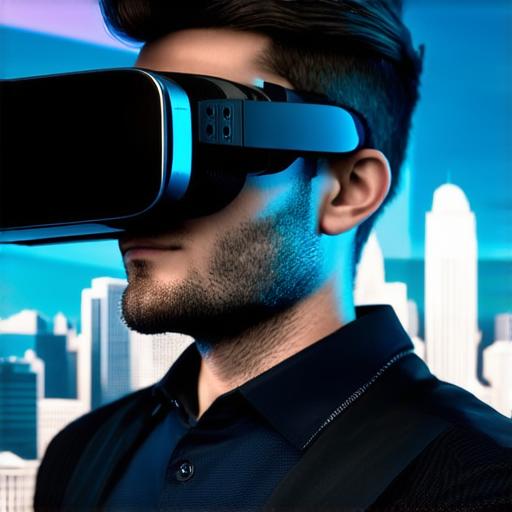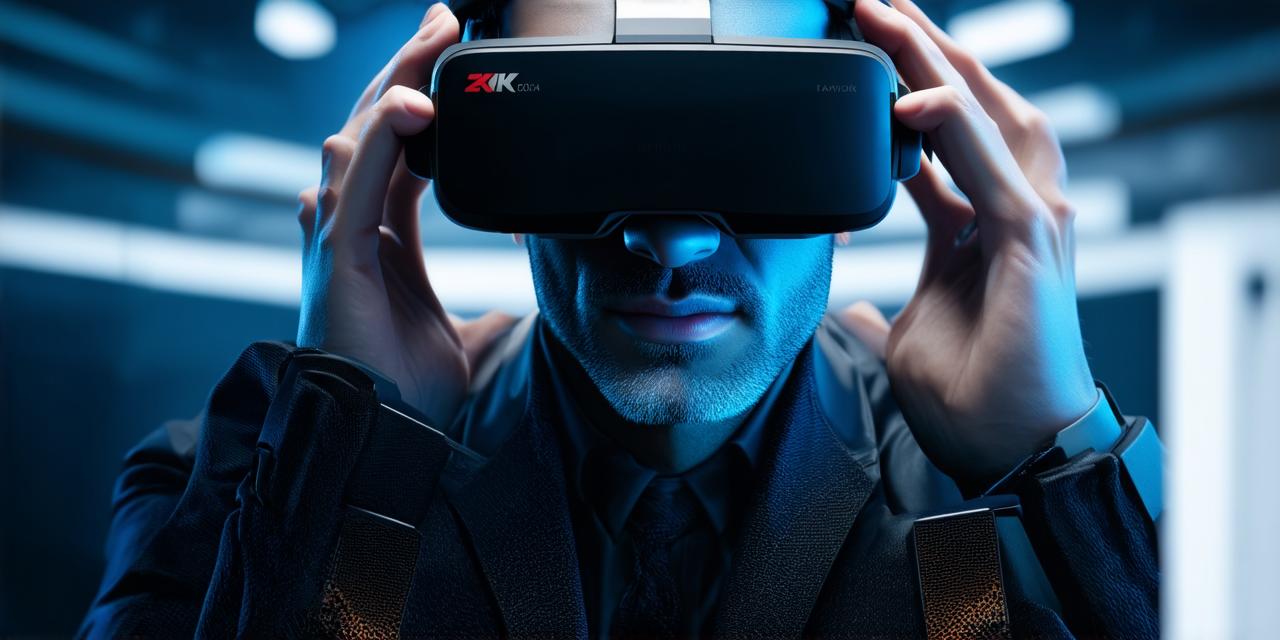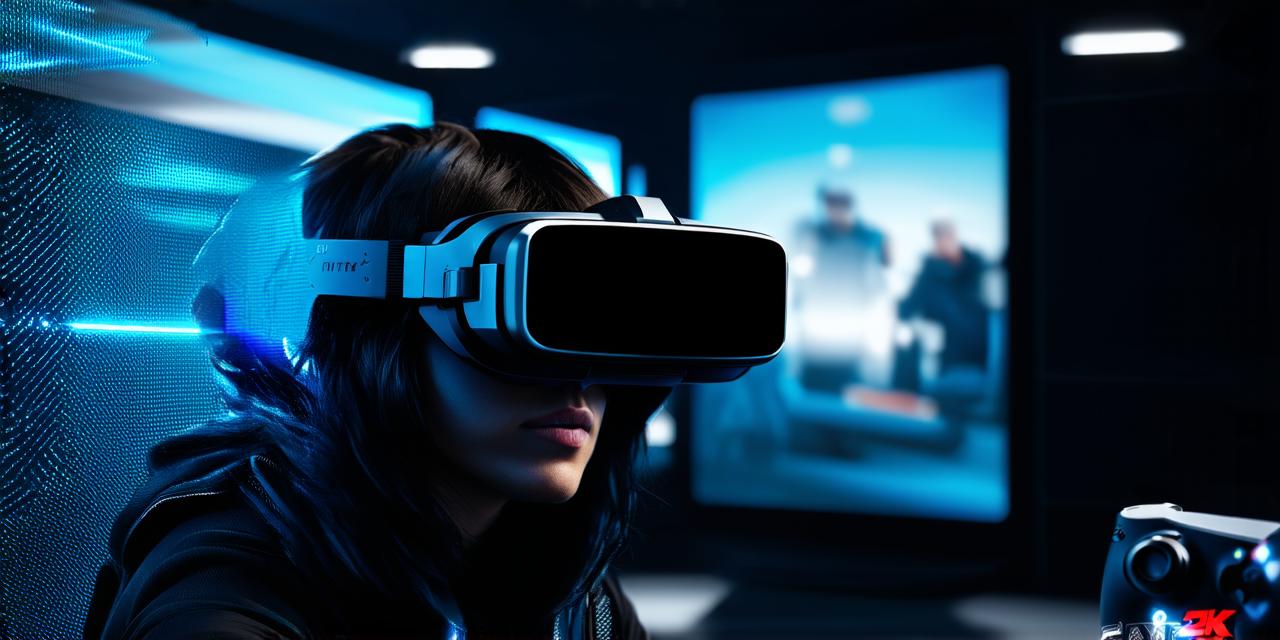Augmented reality (AR) and virtual reality (VR) are two of the most popular emerging technologies that have garnered a lot of attention in recent years. While they share some similarities, they are fundamentally different concepts.
What is Augmented Reality?
Augmented reality (AR) refers to the technology that enhances or “augments” the real world by superimposing digital information, such as graphics, animations, or sounds, onto a camera feed of the physical environment. The goal of AR is to create an interactive and immersive experience for users by blending the real and virtual worlds in a seamless way.
AR can be used in a variety of applications, including gaming, education, marketing, and more. For example, AR-enabled apps can be used to teach students about historical events or to help architects visualize their designs in real-time. AR is also being used in the retail industry to create interactive product displays and in the healthcare industry to provide doctors with additional information during surgeries.
What is Virtual Reality?

Virtual reality (VR) refers to the technology that creates a completely artificial, simulated environment for users to interact with. VR systems typically use headsets or other wearable devices to fully immerse users in a virtual world, and can be used for gaming, entertainment, education, and more.
Unlike AR, VR does not enhance the real world; instead, it replaces it entirely. In a VR environment, users are completely cut off from the physical world and have no sense of their surroundings. This makes VR ideal for applications that require a high level of immersion, such as gaming or training simulations.
User Experience
One key difference between AR and VR is the level of user interaction. AR allows users to interact with both the real and virtual worlds, while VR completely immerses users in a simulated environment. This means that users can still have some sense of their physical surroundings in an AR experience, while they are completely cut off from reality in a VR experience.
Another difference is the level of realism. AR technology is designed to blend seamlessly with the real world, creating a natural and immersive experience for users. In contrast, VR technology can be more artificial, with users having to adjust to a completely simulated environment. This can make VR experiences feel less realistic and more disorienting than AR experiences.
Technical Specifications
In terms of technical specifications, AR and VR require different hardware and software configurations. AR typically requires a camera feed from a smartphone or other device, as well as specialized software that can overlay digital information onto the real world. VR, on the other hand, requires a high-end computer or console with specialized hardware, such as headsets or gloves, and software that can generate a fully immersive virtual environment.
Summary
In conclusion, augmented reality (AR) and virtual reality (VR) are two distinct technologies with different applications, user experiences, and technical specifications. While both AR and VR have the potential to transform many industries, they are fundamentally different concepts that offer unique benefits and challenges. As these technologies continue to evolve, we can expect to see even more innovative uses and applications for both AR and VR in the future.



